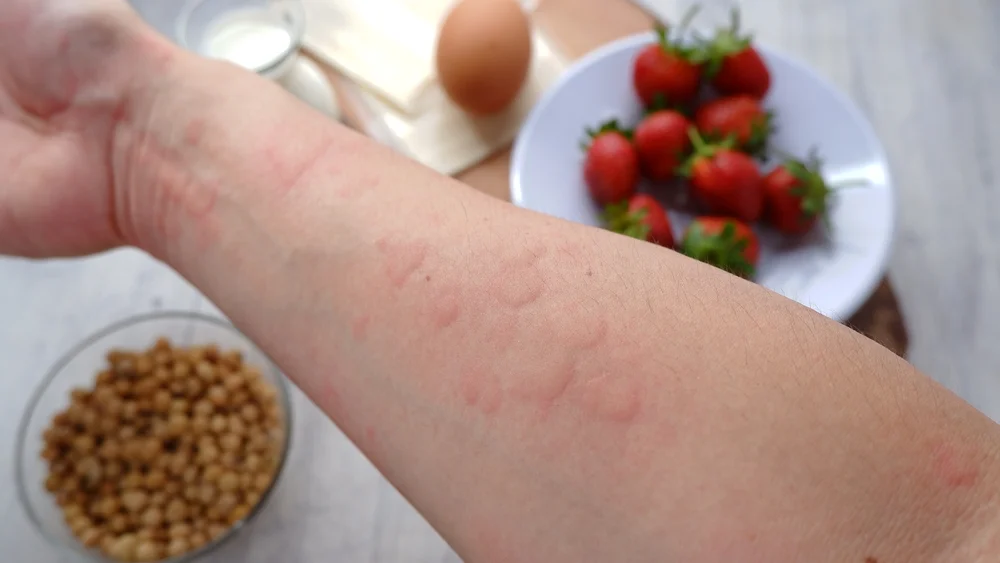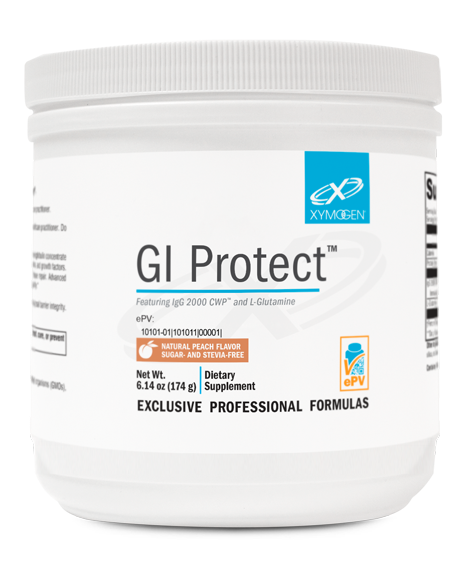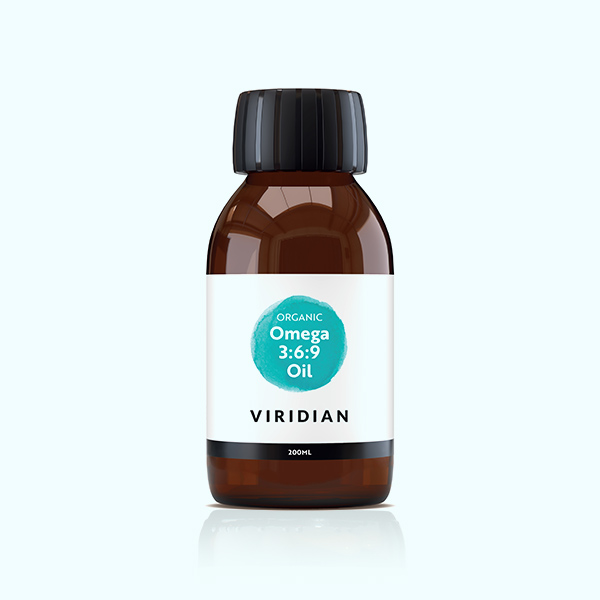Imagine taking a bite of your favorite dessert or walking through a blooming garden, only for your body to go into defense mode. Suddenly, you’re dealing with hives, swelling, sneezing, or even difficulty breathing. This isn’t just a minor irritation or a sensitive reaction. It could be an allergy, a serious immune response that millions face daily. Allergies are often misunderstood, misdiagnosed, and underestimated. Yet they affect everything from the way you eat to how you live.
So, what’s allergy, really? How do you know if it’s an intolerance or something more dangerous? Can what you eat make your symptoms better, or worse? And with so many triggers, from pollen to peanuts, how do you manage them naturally? These are just some of the important questions people ask when navigating the complex world of diet and allergies.
This article explores everything you need to know, from understanding common allergy types to identifying the best foods to eat for allergies and avoiding flare-ups. You’ll also learn how working with a registered dietitian at Jannis Health can help you uncover hidden triggers, create a personalized allergy-friendly meal plan, and regain control of your life, safely and confidently. Whether you're managing seasonal allergies, food allergies, or skin reactions, we’ve got the clarity and science-backed solutions you need.
What’s Allergy, and Why Does It Happen?

An allergy is your body’s overreaction to a normally harmless substance. Instead of ignoring it, your immune system treats it like a dangerous invader, releasing chemicals like histamine to fight it off. This reaction is what leads to allergy symptoms, which can range from mildly annoying to life-threatening. Understanding what’s allergy and how it impacts your health is the first step in managing it effectively through diet and lifestyle.
Common Allergy Symptoms You Should Know:
- Sneezing and nasal congestion
- Itchy, watery, or red eyes
- Hives, rashes, or eczema
- Swelling of the lips, tongue, face, or throat
- Coughing, wheezing, or shortness of breath
- Digestive issues: nausea, vomiting, diarrhea
- Anaphylaxis – A rapid, severe allergic reaction that requires emergency care
Whether triggered by food, pollen, dust, or animal dander, your symptoms are real and deserve proper attention. At Jannis Health, our expert dietitians help you understand the root causes and how diet and allergies are often connected, because what you eat can either soothe or intensify allergic reactions.
How to Identify Allergies
Allergies can develop at any stage of life, and because their symptoms often mimic colds, skin conditions, or digestive disorders, they’re frequently misdiagnosed or overlooked. If you regularly experience reactions like hives, sneezing, stomach discomfort, or fatigue after certain foods or exposures, it may be time to consider whether an allergy is at play.
Understanding how to identify allergies is critical for long-term health and relief. Early diagnosis can prevent symptoms from escalating and help you make better lifestyle and dietary decisions.
Common Diagnostic Tools for Allergy Detection:
- Skin Prick Test – Tiny amounts of allergens are introduced to your skin to test for reactions
- Blood Tests (IgE antibody test) – Measures your immune system’s response to specific allergens
- Food & Symptom Diary – Track your meals and symptoms daily to identify consistent patterns
- Elimination Diets – Temporarily remove suspected foods, then reintroduce them slowly (always supervised by a dietitian or doctor)
- Oral Food Challenge – small doses of a suspected allergen are eaten under strict medical supervision
Common Allergy Triggers to Watch For
Allergies can be caused by many everyday items, from what's on your plate to what’s in the air around you. Here’s a breakdown of the most common culprits:
#1. Food Allergies:
- Peanuts
- Tree nuts (almonds, cashews, walnuts)
- Cow’s milk (dairy)
- Eggs
- Wheat (gluten and non-gluten triggers)
- Soy
- Shellfish and fish
#2. Environmental Allergies:
- Pollen (from grass, trees, weeds)
- Dust mites
- Mold spores
- Pet dander (from cats, dogs, rodents)
- Insect stings (bee, wasp, ant venom)
#3. Other Triggers:
- Certain medications (e.g., penicillin, aspirin)
- Latex (used in gloves, balloons, some medical products)
- Artificial food additives, dyes, or preservatives
- Fragrances or household cleaning products
If you suspect you’re reacting to something in your diet or environment, don't guess, get tested. At Jannis Health, our registered dietitians collaborate with healthcare professionals to help you uncover hidden triggers and design a diet for allergies that works with your body, not against it.
What Happens During an Allergic Reaction?
Understanding what’s an allergy begins with knowing how your immune system responds. When you eat or come into contact with a trigger, like peanuts, pollen, or shellfish, your immune system may mistakenly treat it as a threat. This overreaction leads to the release of histamine and other chemicals, causing:
- Swelling and inflammation
- Tightness in the airways
- Hives, rashes, or itchy skin
- Sudden drop in blood pressure
In severe cases, this response escalates to anaphylaxis, a life-threatening emergency that requires an epinephrine injection and immediate medical attention.
Debunking Common Allergy Myths
Myth: “Lactose intolerance is the same as a dairy allergy.”
Truth: They’re not the same.
- Food allergy triggers an immune response, sometimes dangerously fast, even with tiny amounts.
- Food intolerance involves the digestive system. It can cause discomfort like gas or bloating, but it isn’t life-threatening.
Understanding this difference is key when building your diet and allergies strategy.
Dietary Interventions: What To Eat for Allergies (Foods That Heal, Not Harm)
Nutrition is one of your most powerful tools in managing allergies. When you know what to eat for allergies, food becomes part of your solution, not the problem.
Smart Nutrition Practices
#1. Elimination and Substitution
Identify your allergens and cut them out completely. Swap in safe alternatives, like almond milk instead of cow’s milk.
#2. Label Reading
Many allergens have multiple names. Learning to read ingredient lists like a pro is crucial for staying safe.
#3. Strengthen Your Gut
A healthy gut supports immune regulation. Incorporate probiotics, fiber, and fermented foods (if tolerated).
Explore supportive gut health supplements from Jannis Health:
- ColonX
- GI Protect Peach
- GI Protect Cherry
- Probiomax Lean DF
- Probiomax Daily DF
- Probiomax Complete DF
- High Potency Digestive Aid (90caps)
- High Potency Digestive Aid
- Synerbio Daily (90 Veg)
- Synerbio Daily (30 Veg)
- Bromelain (30 Veg)
- Complete Fibre Complex
 | GI Protect (Peach) – Sugar/Stevia Free 30Serv
✔️ Supports Immune Function, Including During Strenuous Physical Activity
|
#4. Follow an Anti-Inflammatory Diet
This reduces chronic immune stress and reactivity. Focus on:
- Omega-3-rich foods like salmon, flaxseed, and chia seeds. Or try our premium supplements:
- Leafy greens like spinach and kale
- Berries (blueberries, strawberries, blackberries)
- Natural anti-inflammatories: turmeric and ginger
 |
✔️ Cardiovascular health
|
Why You Need a Dietitian
Every allergic response is unique, and so is every solution. A registered dietitian can help you:
- Identify hidden or unexpected allergens
- Build a safe and nourishing allergen-free diet
- Avoid nutrient deficiencies after food eliminations
- Strategize for eating out, school lunches, and travel
Supervise food reintroduction when needed
| At Jannis Health, our expert dietitians specialize in allergy nutrition counseling. Whether you’re managing food allergies, environmental triggers, or inflammation, we help you eat with confidence, enjoy food again, and stay safe, without guessing. |
Final Thoughts
Allergies aren’t just about sneezing or rashes, they affect how you eat, live, and feel. But with the right knowledge, support, and nutrition guidance, you don’t have to live in fear of your plate.
Whether you’re newly diagnosed or have been dealing with food or environmental allergies for years, you’re not alone. And you don’t have to guess your way through it. Let food be your friend again, with safety, clarity, and joy.
Need help navigating life with allergies? Book a consultation with one of our expert dietitians at Jannis Health. We’ll help you live fully, eat safely, and feel empowered, one meal at a time.
Frequently Asked Questions About What To Eat for Allergies
Can allergies go away with time?
Some childhood allergies (like to eggs or milk) may fade, but others (like peanut or shellfish) often last for life. Regular evaluation is key.
Can I outgrow my food allergies?
Possibly! But only a trained specialist or allergist can determine that through re-testing.
Are allergy tests 100% accurate?
No test is perfect. That’s why dietitians often use elimination diets in partnership with allergists for accurate identification.
I have multiple allergies. How do I make sure I get enough nutrients?
Work with a dietitian to build a balanced plan with safe, nutrient-rich alternatives.
Is there a cure for allergies?
There's no cure, but symptoms can be managed. In some cases, immunotherapy (like allergy shots) may help reduce sensitivity.







Comments